From Organic Letters
Crystalline Sponge Method Enabled the Investigation of a Prenyltransferase-terpene Synthase Chimeric Enzyme, Whose Product Exhibits Broadened NMR Signals

Computationally Assisted Assignment of the Kadsuraols, a Class of Chemopreventive Agents for the Control of Liver Cancer
Total Synthesis of Repraesentin F and Configuration Reassignment by a Gold(I)-Catalyzed Cyclization Cascade

Sophalines E–I, Five Quinolizidine-Based Alkaloids with Antiviral Activities against the Hepatitis B Virus from the Seeds of Sophora alopecuroides

Total Synthesis of Chaetoglobin A via Catalytic, Atroposelective Oxidative Phenol Coupling

Hyperdioxane A, a Conjugate of Dibenzo-1,4-dioxane and Sesquiterpene from Hypericum ascyron

Bioinspired Synthesis of Pygmaeocins and Related Rearranged Abietane Diterpenes: Synthesis of Viridoquinone

Total Biosynthesis of Brassicicenes: Identification of a Key Enzyme for Skeletal Diversification

From Nature magazine
Reboot undergraduate courses for reproducibility
Collaboration across institutes can train students in open, team science, which better prepares them for challenges to come, says Katherine Button.
Three years ago, as I prepared to start as a lecturer in the University of Bath’s psychology department, I reflected on my own undergraduate training. What should I emulate? What would I like to improve? The ‘reproducibility crisis’ was in full swing. Many of the standard research practices I had been taught were now shown to be flawed, from P-value hacking to ‘HARKing’ — hypothesizing after the results are known — and an over-reliance on underpowered studies (that is, drawing oversized conclusions from undersized samples).
It struck me that the research dissertation students do in their final year is almost a bootcamp for instilling these bad habits. Vast numbers of projects, limited time and resources, small sample sizes, the potential for undisclosed analytic flexibility (P-hacking) and a premium on novelty: together, a recipe for irreproducible results.
(read more…)
The fast track
Scientists are under increasing pressure to perform a variety of tasks earlier in their careers.
If ideas are the flames burning from the torches of discovery, scientists are the hands that hold them. Creative minds uphold the scientific enterprise.
In recognition of their leading role, Nature Index 2018 Rising Stars profiles 11 up-and-coming researchers in the natural sciences. These scientists are highlighted based on their recent contributions to the 82 journals tracked by the Nature Index, and their standing in the League of Scholars Whole-of-Web ranking, which assesses individuals on their research quality and impact, industry links and co-authorship networks. Their work ranges from analysing peatland and permafrost, to developing wearable electronics.
(read more…)
This is a short article that highlights the research of eleven young investigators, in the link in the middle of the text above. Among the young scientists, the chemist Silvia Marchesan and the engineering Sahar Sharifzadeh.
Judge dismisses criminal charges against US university chemist over lab death
A judge in Los Angeles county has dismissed a criminal case against chemist Patrick Harran, who faced charges of violating health and safety standards after an accidental death in his laboratory nine years ago.
The charges stemmed from a 2009 incident in which Sheharbano Sangji, a research assistant in Harran’s lab at the University of California, Los Angeles (UCLA), died from third-degree burns incurred during a chemical fire. Sangji was handling t-butyl lithium with a syringe when the compound exploded into flames.
(read more…)
Turn off your e-mail and social media to get more done
Distractions are a fundamental aspect of the modern world, but we don’t have to become hermits to avoid them.
(read more…)
This is an article about the obvious.
Help graduate students to become good peer reviewers
Pedagogy helps to prepare undergraduates for the research lab
Optimized arylomycins are a new class of Gram-negative antibiotics
Multidrug-resistant bacteria are spreading at alarming rates, and despite extensive efforts no new class of antibiotic with activity against Gram-negative bacteria has been approved in over fifty years. Natural products and their derivatives have a key role in combating Gram-negative pathogens. Here we report chemical optimization of the arylomycins—a class of natural products with weak activity and limited spectrum—to obtain G0775, a molecule with potent, broad-spectrum activity against Gram-negative bacteria. G0775 inhibits the essential bacterial type I signal peptidase, a new antibiotic target, through an unprecedented molecular mechanism. It circumvents existing antibiotic resistance mechanisms and retains activity against contemporary multidrug-resistant Gram-negative clinical isolates in vitro and in several in vivo infection models. These findings demonstrate that optimized arylomycin analogues such as G0775 could translate into new therapies to address the growing threat of multidrug-resistant Gram-negative infections.
(it needs to have a subscription to read more)
Peer reviewers unmasked: largest global survey reveals trends
Scientists in emerging economies respond fastest to peer review invitations, but are invited least.
Scientists in developed countries provide nearly three times as many peer reviews per paper submitted as researchers in emerging nations, according to the largest ever survey of the practice.
The report — which surveyed more than 11,000 researchers worldwide — also finds a growing “reviewer fatigue”, with editors having to invite more reviewers to get each review done. The number rose from 1.9 invitations in 2013 to 2.4 in 2017.
(read more…)
This article is truly interesting. Some facts included in the article.
PEER REVIEW IN NUMBERS – Data from the Global State of Peer Review report for 2013–17
68.5 million hours spent reviewing globally each year
16.4 days is the median review time
5 hours is the median time spent writing each review
477 words is the average length of review reports
10% of reviewers are responsible for 50% of peer reviews
41% of survey respondents see peer review as part of their job
75% of journal editors say the hardest part of their job is finding willing reviewers
71% of researchers decline review requests because the article is outside their area of expertise
42% of researchers decline review requests because they are too busy
39% of reviewers never received any peer-review training
Some of our colleagues think that peer-review should not be considered an important academic activity. OK, then. These fellows should read this another Nature article.
From the European Journal of Organic Chemistry
The Hydroxylated, Tetracyclic Bisquinolizidine Alkaloids Baptifoline and Epibaptifoline: Enantioselective Synthesis and Unambiguous Assignment of their Configuration at C‐13
From Angewandte Chemie International Edition
Total Synthesis of Asperchalasines A, D, E, and H

Outstanding syntheses by Dr. Jun Deng’s group. In the case of the synthesis of asperchalasine A, it involved three cycloadditions, one of which is a [5+2] cycloaddition.
Curtir isso:
Curtir Carregando...













































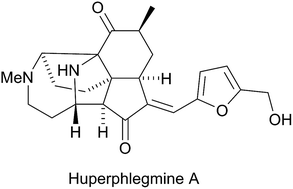






















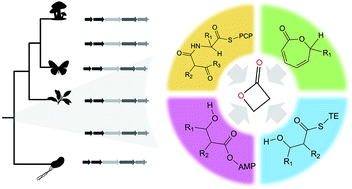
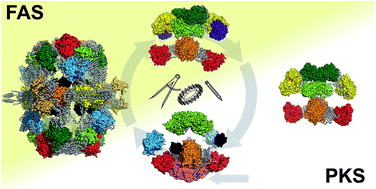
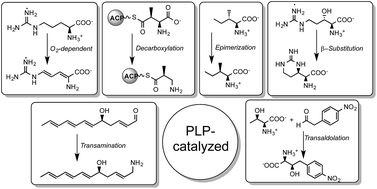




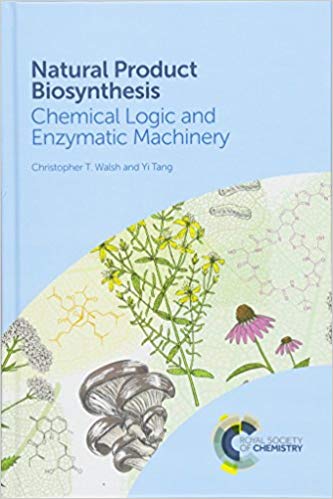
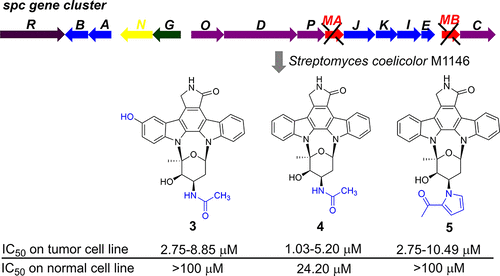
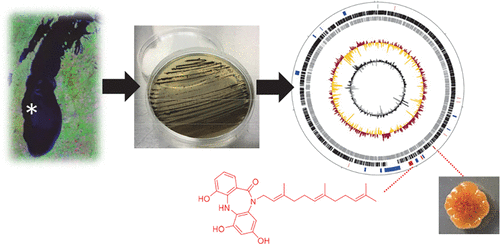

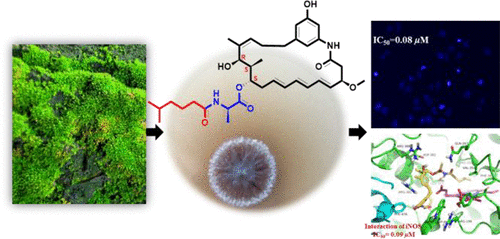

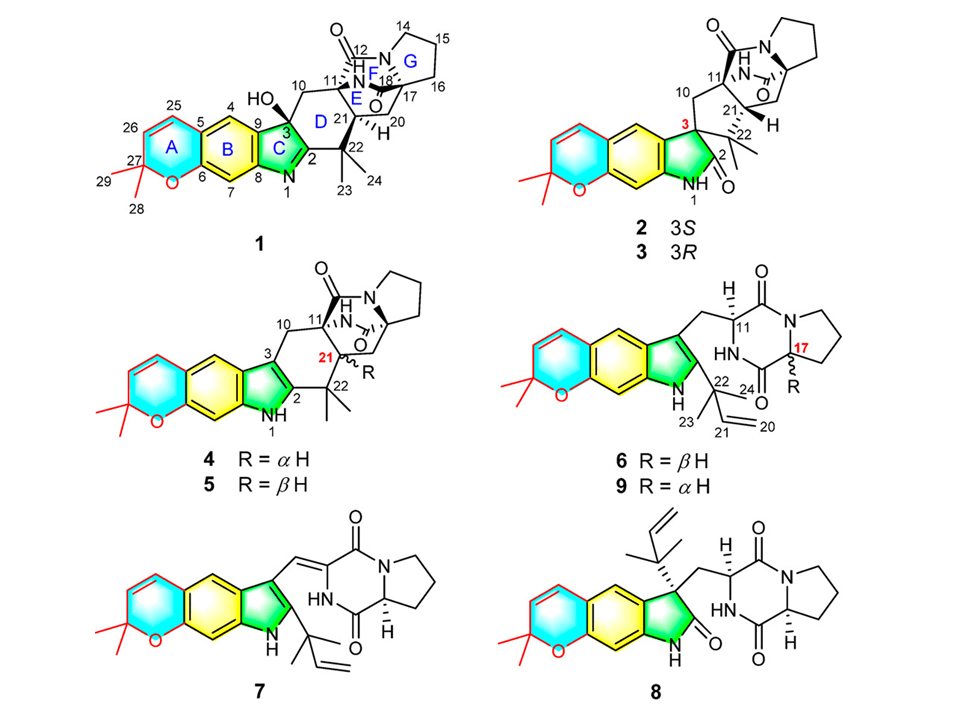
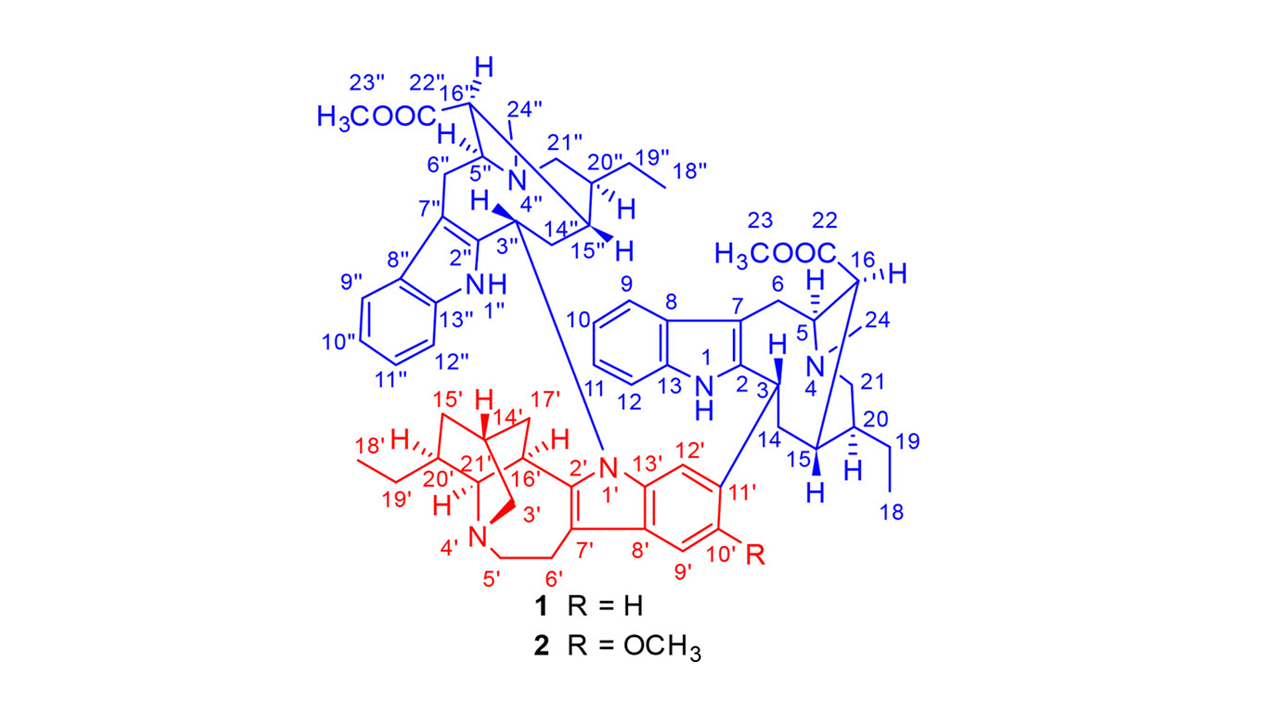
Você precisa fazer login para comentar.